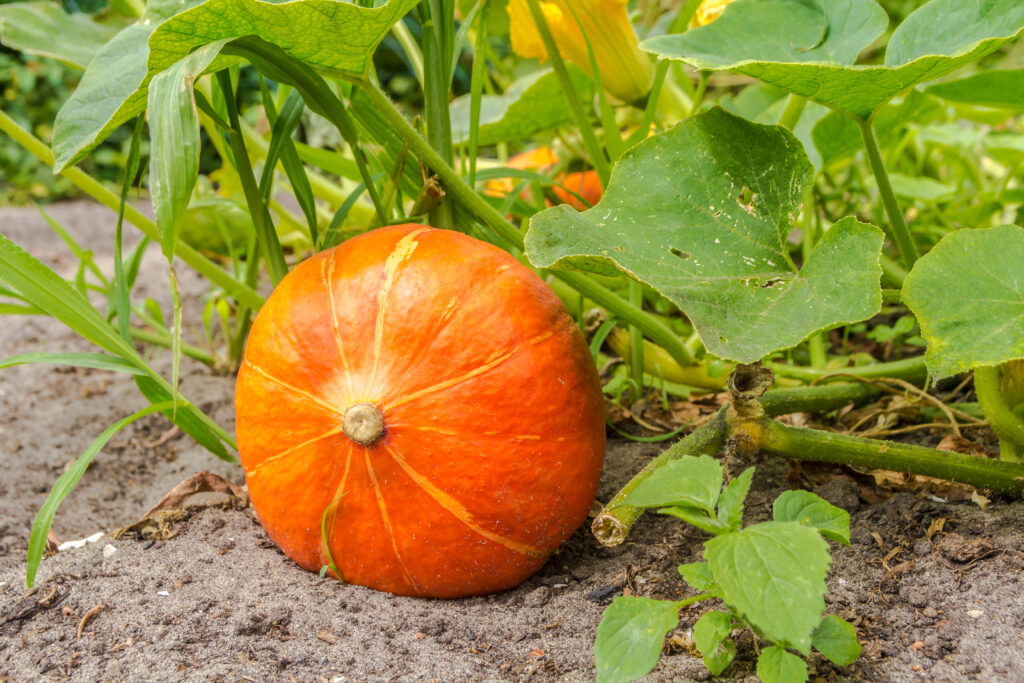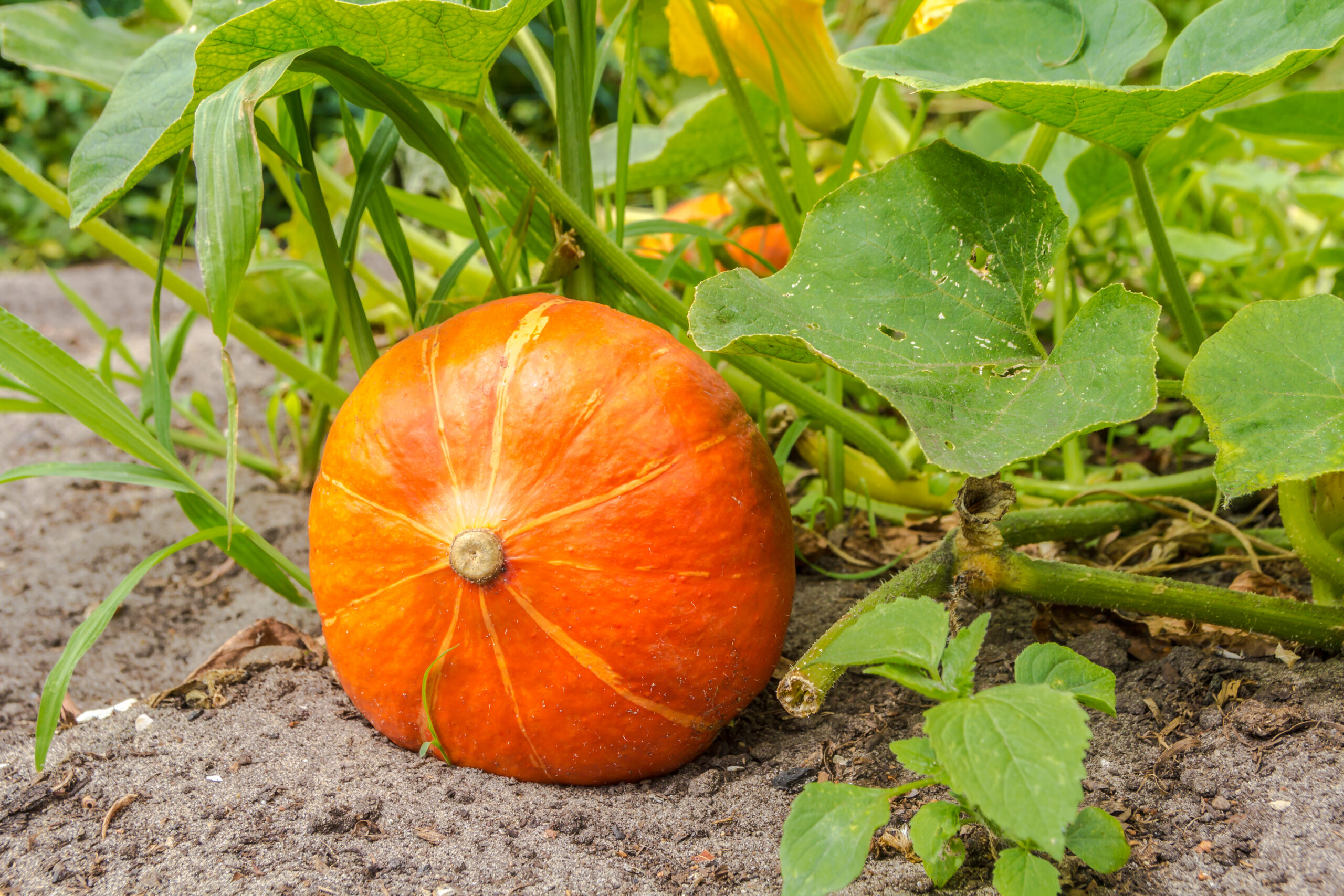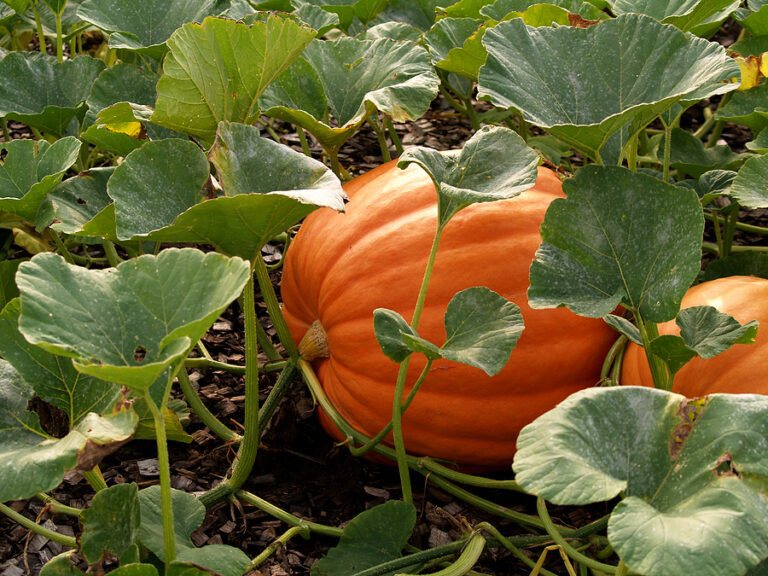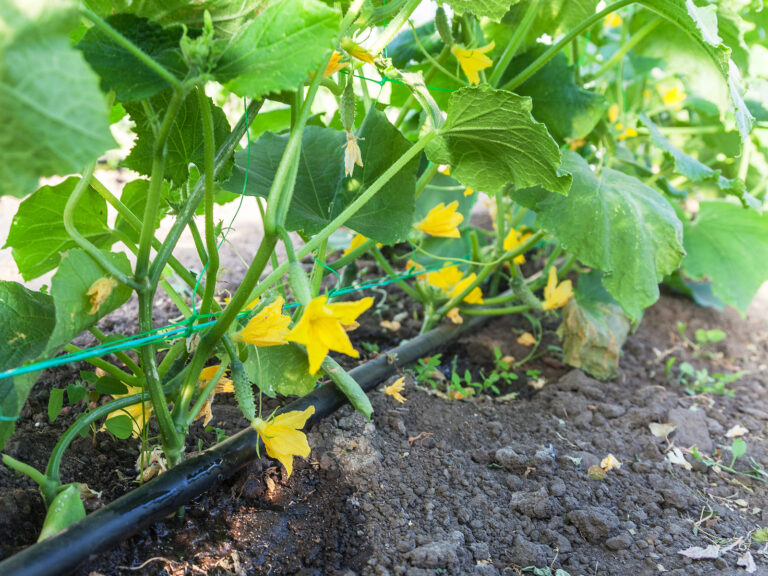Best Companion Plants for Pumpkins
Pumpkins thrive when they have the right neighbors! Companion planting is a natural way to help pumpkins grow strong, reduce pests, and even improve yields. In this post, I’ll share my favorite companion plants for pumpkins and a few combinations to avoid.
After growing pumpkins for more than 20 years in both garden beds and containers, I’ve seen firsthand how smart companion planting improves pollination, discourages pests, and boosts overall pumpkin health.
Here’s my guide to the best companion plants for pumpkins—and which plants you should avoid.
Why Companion Planting Matters for Pumpkins
Pumpkins are heavy feeders with sprawling vines. They thrive when planted alongside crops and flowers that:
- Attract pollinators
- Repel pests naturally
- Provide helpful shade or support
- Don’t compete too much for nutrients
In my experience, the right companions lead to healthier vines, better fruit set, and a bigger harvest.
Best Companion Plants for Pumpkins
1. Corn
Plant pumpkins with corn for a classic, time-tested pairing.
Native American farmers perfected this method centuries ago through the “Three Sisters” planting system. Corn grows tall and sturdy, offering light shade and acting as a natural trellis for pumpkin vines to wind around.
I’ve used this method in my own garden, and it’s a wonderful space-saver if you’re working with a smaller area.
Tip: Be mindful that pumpkins will sprawl, so leave enough space between your corn rows.
2. Flowering Herbs
Flowering herbs attract bees, butterflies, and beneficial insects that help pollinate pumpkin flowers. Good options include:
- Dill
- Bee Balm (Monarda)
- Borage
- Chamomile
I always plant dill and bee balm near my pumpkins. They create a buzz of pollinator activity—which is crucial, since pumpkin plants have both male and female flowers that need good cross-pollination.
My experience: On years when I forgot to plant flowers nearby, I had noticeably fewer pumpkins set!
3. Radishes
Radishes help deter pests like squash bugs and cucumber beetles.
Because radishes mature quickly, you can interplant them around pumpkin vines early in the season. They act almost like a natural shield while your pumpkin plants are getting established.
I like sowing a quick round of radishes near pumpkin seedlings in the spring.
4. Marigolds
Marigolds are a tried-and-true pest deterrent. Their strong scent discourages root-knot nematodes, beetles, and other garden pests that can harm pumpkin roots and vines.
Bonus: Marigolds add cheerful color to the garden and bloom well alongside sprawling pumpkin vines.
5. Nasturtiums
Nasturtiums are excellent trap crops. Aphids and whiteflies are drawn to nasturtiums instead of your precious pumpkins. Plus, nasturtium flowers are edible and beautiful!
I plant nasturtiums along the edges of my pumpkin beds and containers. They trail down nicely and help keep pests in check naturally.
Plants to Avoid Near Pumpkins
Just as important as knowing good companions is knowing which plants to keep away. In my garden experience, these plants cause more harm than good when grown near pumpkins:
- Potatoes:
Compete heavily for soil nutrients and water; can also attract similar pests and diseases. - Squash and Other Cucurbits (like cucumbers, melons, gourds):
Planting too many cucurbits close together can invite pest overload, especially squash bugs and vine borers, and may cause cross-pollination issues if you save seeds. - Brassicas (like cabbage, broccoli, kale):
These plants have very different soil and nutrient needs and don’t make good neighbors for pumpkins.
Whenever I planted pumpkins too close to potatoes, I noticed stunted vines and smaller yields—something I now avoid!
Final Tips for Companion Planting with Pumpkins
- Leave enough space between plants. Pumpkins need room to stretch out.
- Encourage diversity. A mix of companions—corn, herbs, flowers—creates a healthier garden ecosystem.
- Attract bees early. Plant flowers that bloom before pumpkins start flowering to ensure pollinators are already active.
With the right companions by their side, pumpkins grow stronger, attract more pollinators, and resist pests naturally. In my experience, a diverse, thriving garden always leads to a better pumpkin harvest!
🎃 Pumpkin Companion Planting Chart
| Good Companions | Benefits |
|---|---|
| Corn | Provides shade, acts as a trellis |
| Dill | Attracts pollinators and beneficial insects |
| Bee Balm (Monarda) | Attracts bees and butterflies for pollination |
| Borage | Attracts bees; improves soil health |
| Chamomile | Attracts beneficial insects; improves nearby plants |
| Radishes | Deter squash bugs and cucumber beetles |
| Marigolds | Repel nematodes, beetles, and other harmful pests |
| Nasturtiums | Act as trap crops for aphids and whiteflies |
| Bad Companions | Why to Avoid |
|---|---|
| Potatoes | Compete for nutrients; increase pest risk |
| Other Cucurbits (squash, cucumbers, melons) | Attract shared pests; risk cross-pollination |
| Brassicas (cabbage, broccoli, kale) | Different nutrient needs; poor growth when near pumpkins |

Related Posts Start Here:
Getting Started
- Pumpkin Varieties You’ll Love to Grow
- Choosing the Right Pumpkin: Cooking vs Carving
- Pumpkin Seed Starting Tips
- How to Plant Pumpkins Successfully
- How to Grow Pumpkins in Containers
- Best Companion Plants for Pumpkins
Growing and Care
- Watering, Feeding, and Caring for Pumpkins: A Complete Guide
- Pumpkin Pollination: A Gardener’s Guide
- Common Pumpkin Pests and Diseases (and How to Stop Them)
Harvest and Beyond
- How and When to Harvest Pumpkins
- How to Store and Preserve Pumpkins After Harvest
- Five Ways to Cook Pumpkins
Bonus/Fun





